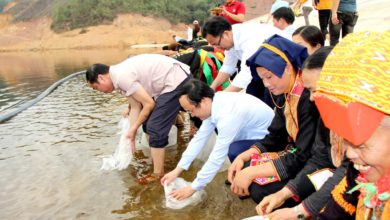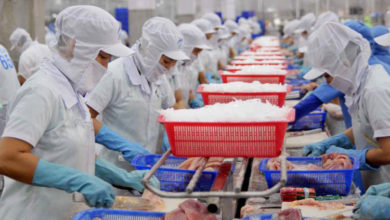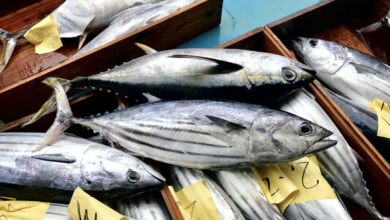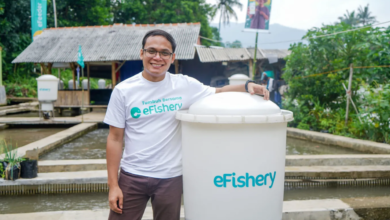Vietnam’s tuna exports hit 2025 high in May
Vietnam’s tuna exports rose 8% year-on-year in May to more than USD 91 million, the highest monthly value so far this year. Shipments had faced disruptions earlier in 2025 from U.S. trade policy changes and tensions in the Middle East.
Vietnam’s tuna exports showed a slight recovery in May 2025, reaching over USD 91 million, the highest monthly value so far this year and up 8% year-on-year. Earlier in the year, the country’s tuna export markets faced disruptions from U.S. trade policy changes and geopolitical tensions in the Middle East.
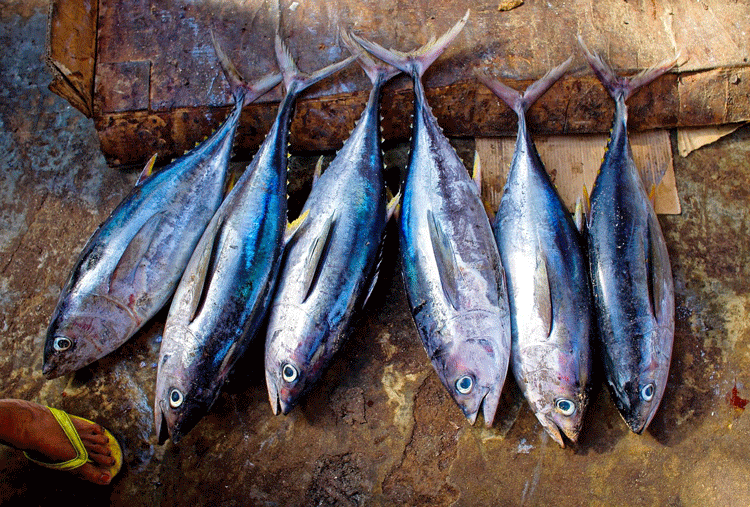
The United States, European Union, and Thailand remained Vietnam’s top three tuna importers in the first five months of 2025, accounting for 41%, 23%, and 4% of total export value, respectively. Exports to the U.S., which had slowed in April over concerns about possible “retaliatory tariffs,” surged by 37% in May. Exporters moved quickly to ship more product before a potentially higher tariff of up to 46% could take effect after July 9, when a 90-day provisional tariff period ends.
By contrast, shipments to the EU declined 11% in May. Although exports to the bloc’s two largest markets, the Netherlands and Italy, continued to grow, growth rates slowed to 11% and 15%, respectively. Exports to Germany saw a sharper decline year-on-year.
In the Middle East, escalating tensions between Israel and Iran have further dampened demand. Vietnam’s tuna exports to Israel dropped 42% in May. Shipments to Saudi Arabia and the UAE also fell sharply by 89% and 52%, respectively.
Notably, May saw a rebound in exports to countries in the Comprehensive and Progressive Agreement for Trans-Pacific Partnership (CPTPP). Exports to CPTPP markets rose 25%, with Japan and Canada leading the recovery. The trend reflects exporters’ efforts to diversify markets to mitigate risks and capture new trade opportunities.
VFM


